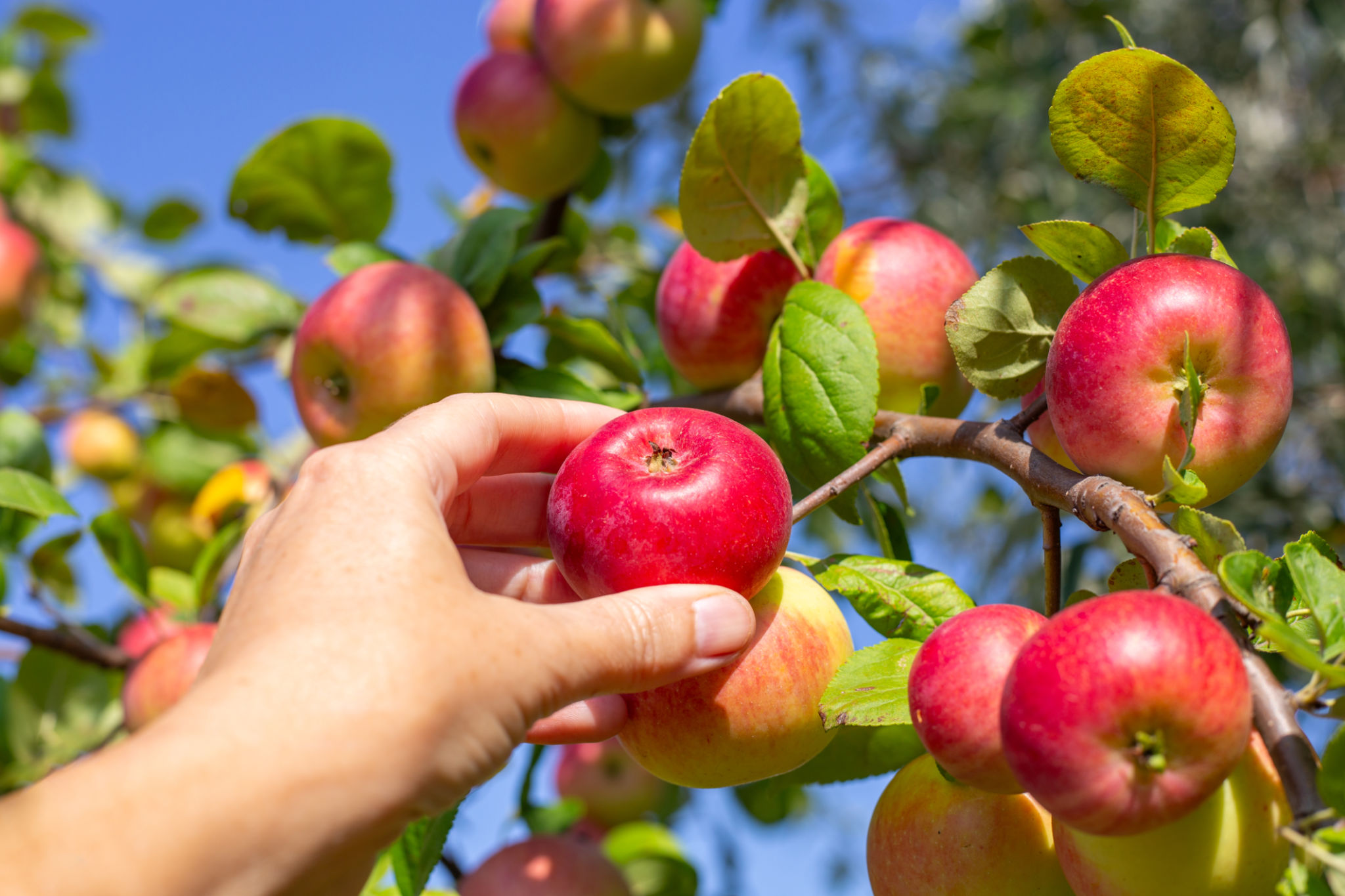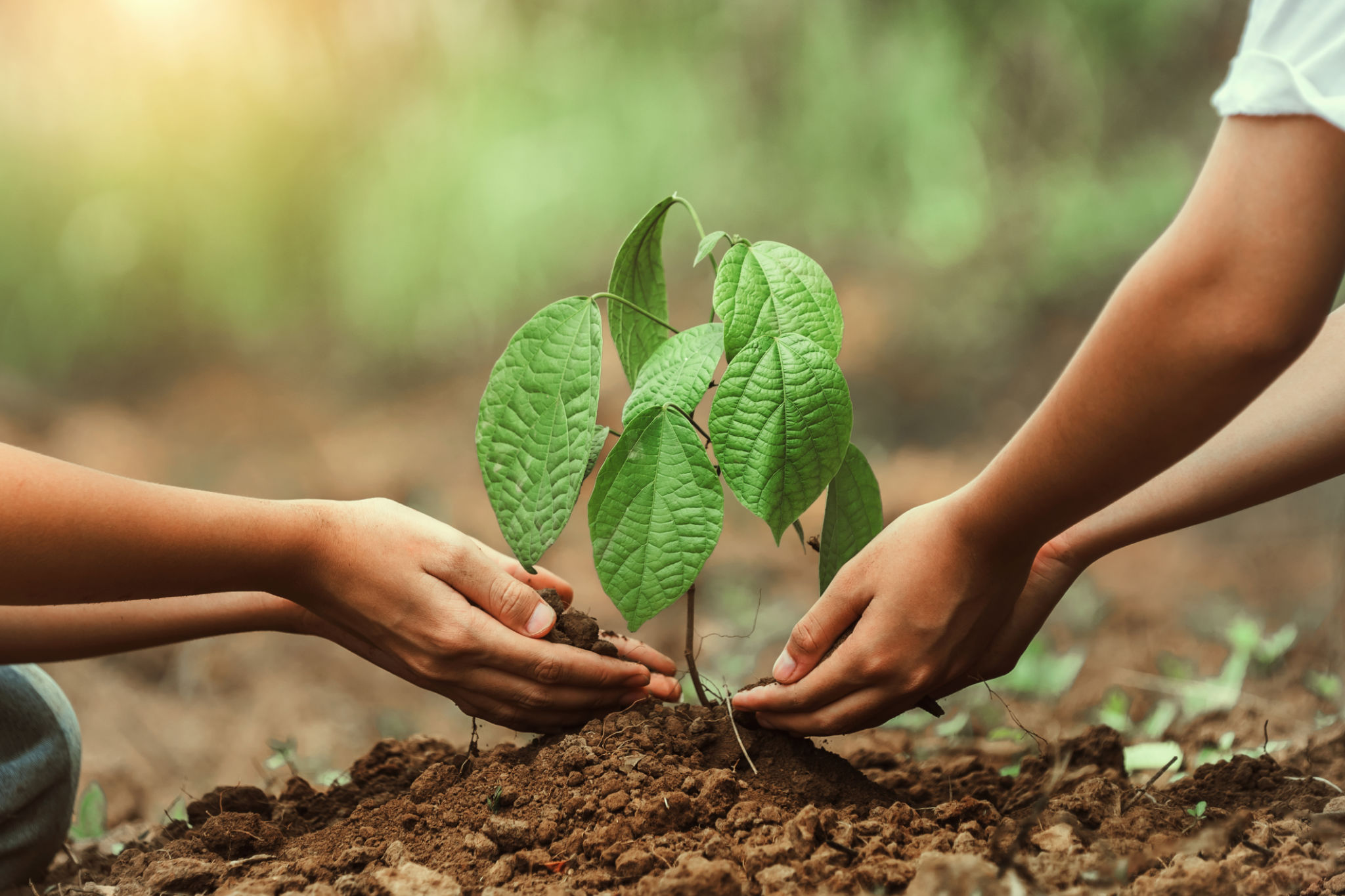DIY Tree Installation: Tips and Tricks for Success
Choosing the Right Tree for Your Space
When embarking on a DIY tree installation, selecting the right tree for your space is crucial. Consider factors such as the tree's mature size, growth rate, and the environmental conditions of your yard. Are you looking for shade, ornamental beauty, or fruit production? Understanding your needs will guide your decision. Also, consider the soil type and sunlight exposure in your planting area to ensure the tree will thrive.

Researching Tree Varieties
Once you have a clear idea of what you want, research different tree varieties that meet your criteria. Visit local nurseries or online gardening forums to gather information and get recommendations. Native trees are often a great choice as they are adapted to local climates and require less maintenance. Popular options include oak, maple, and cherry trees for various landscapes.
Preparing the Planting Site
Proper site preparation is essential for successful tree installation. Begin by assessing the planting area and clearing any debris or obstructions. Ensure the soil is well-drained and free from compacted layers. You may need to amend the soil with compost or other organic materials to improve its fertility and structure.

Digging the Perfect Hole
Dig a hole that is twice as wide as the root ball but no deeper than the root ball's height. This allows the roots to spread easily and establish themselves in the soil. Ensure the hole's sides are not compacted to prevent root circling, which can hinder growth. Consider using a tarp to keep excavated soil nearby for backfilling.
Planting Your Tree
With the hole ready, it's time to plant your tree. Remove the tree from its container and gently loosen any circling roots. Place the tree in the center of the hole, ensuring that it's upright and at the correct depth. The root flare should be at ground level or slightly above. Begin backfilling with the excavated soil, tamping it down gently to remove air pockets.

Watering and Mulching
After planting, water the tree thoroughly to settle the soil around the roots. Consistent watering is crucial during the first few months as the tree establishes itself. Mulching around the base of the tree helps retain moisture and suppress weeds. Use organic mulch like wood chips or bark, creating a layer about 3 inches deep while keeping it away from the trunk.
Maintaining Your Tree
Proper maintenance ensures your tree grows healthy and strong. Regularly check for signs of pests or diseases, and prune dead or broken branches as needed. Fertilize according to your tree's specific requirements and monitor its growth patterns to address any issues early.

Patience and Observation
Tree installation is not a one-day task; it requires patience and ongoing observation. Be mindful of changes in your tree's health and adapt your care routine accordingly. Over time, you'll enjoy watching your tree flourish and enhance your landscape's beauty.
By following these tips and tricks, you'll be well on your way to a successful DIY tree installation. Remember, every tree adds value not only to your property but also to the environment by providing oxygen and habitat for wildlife.